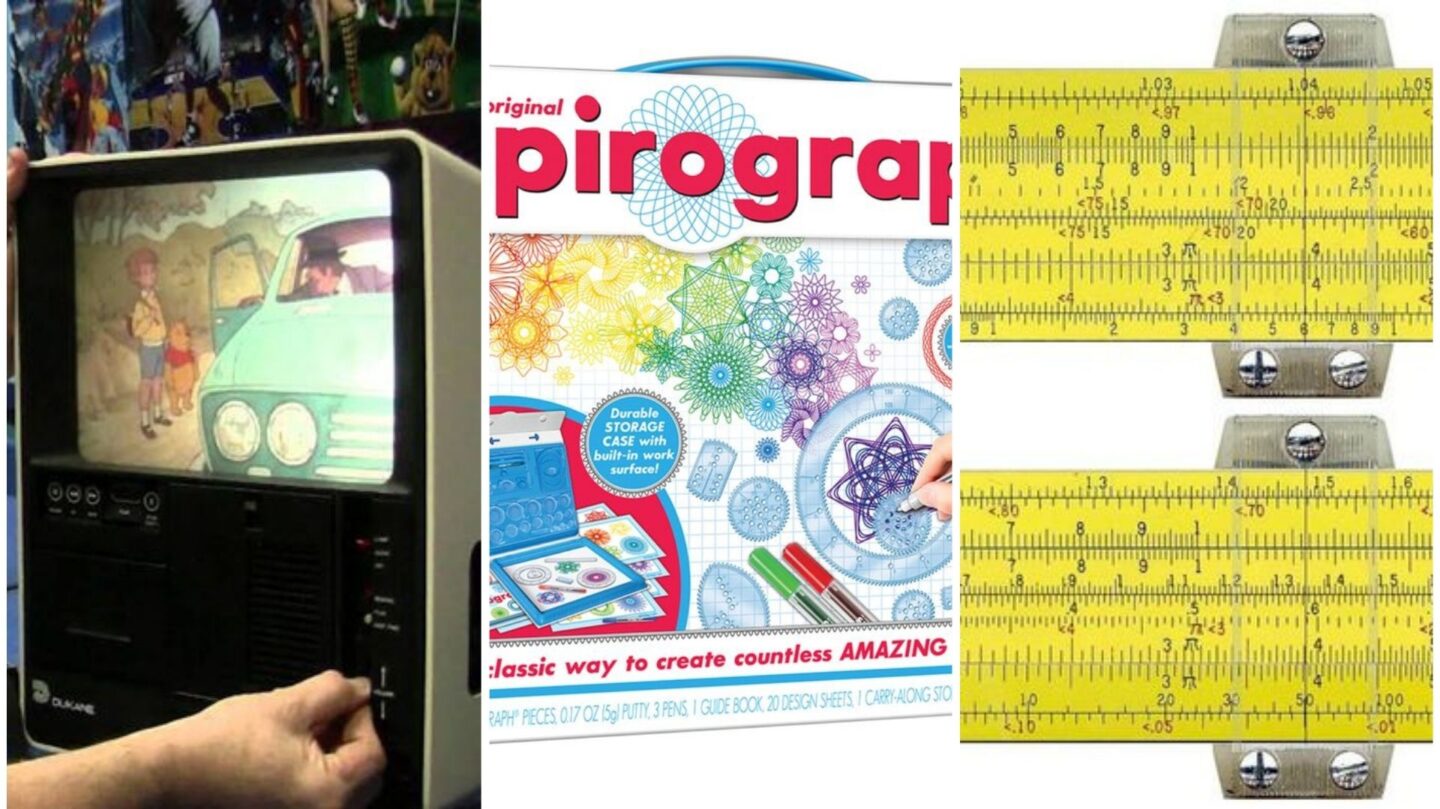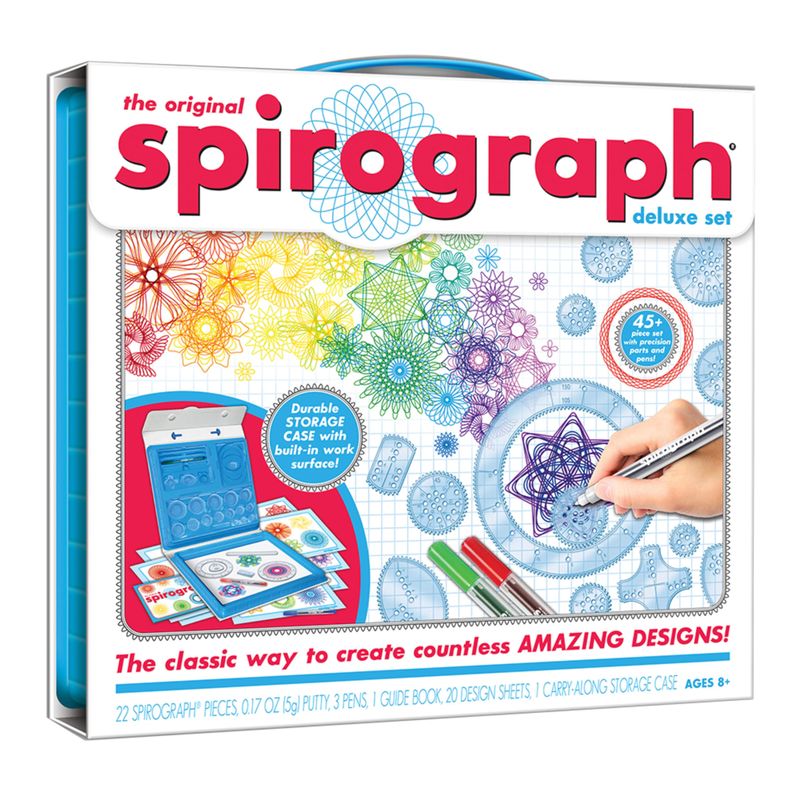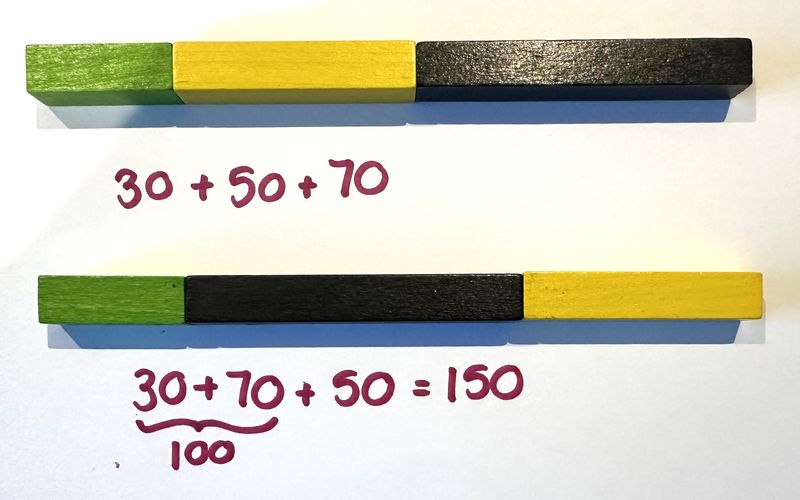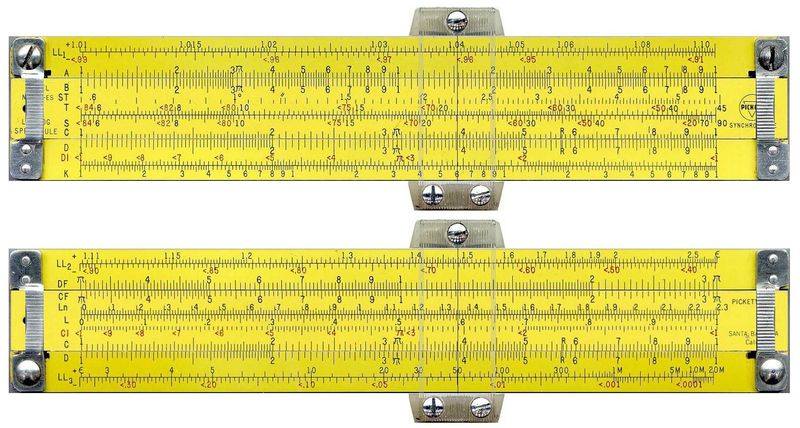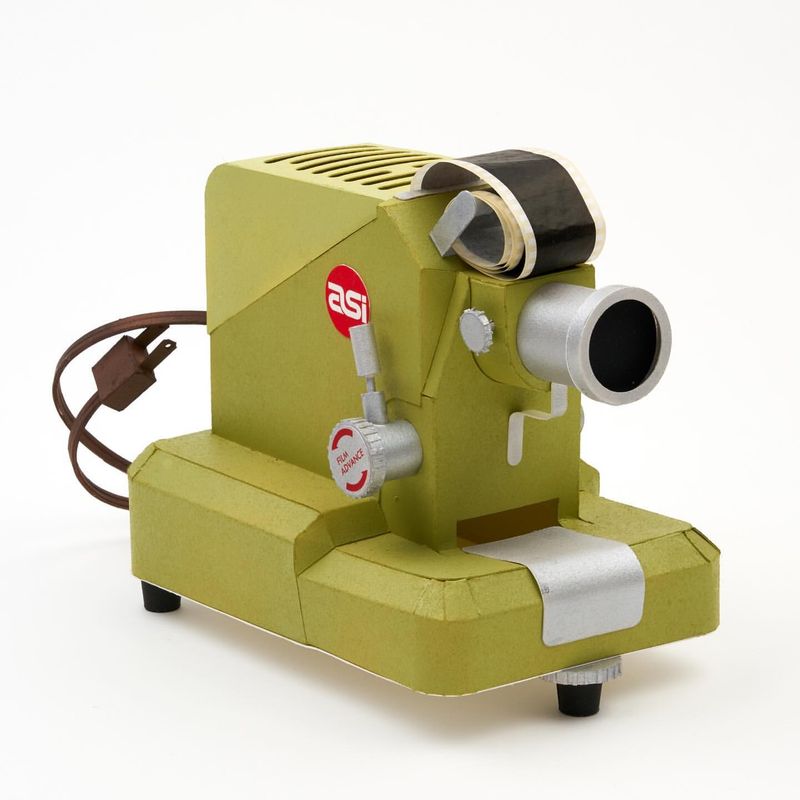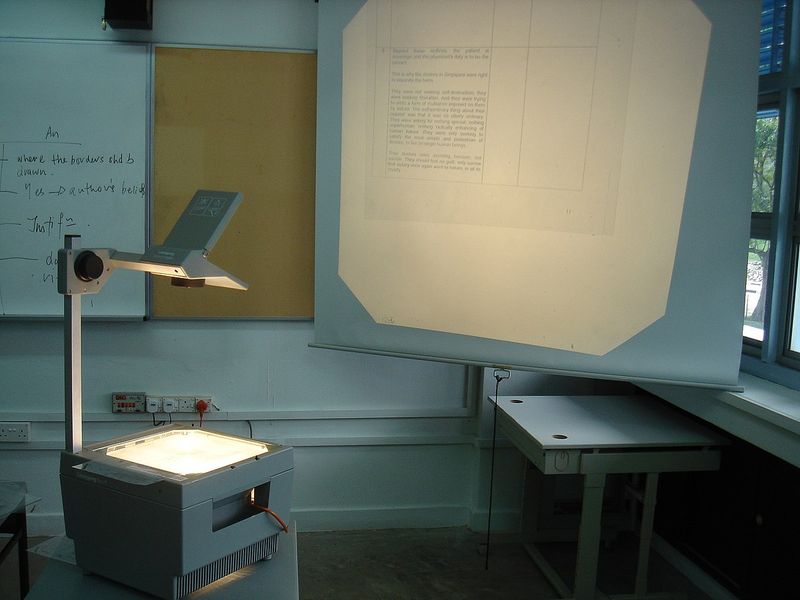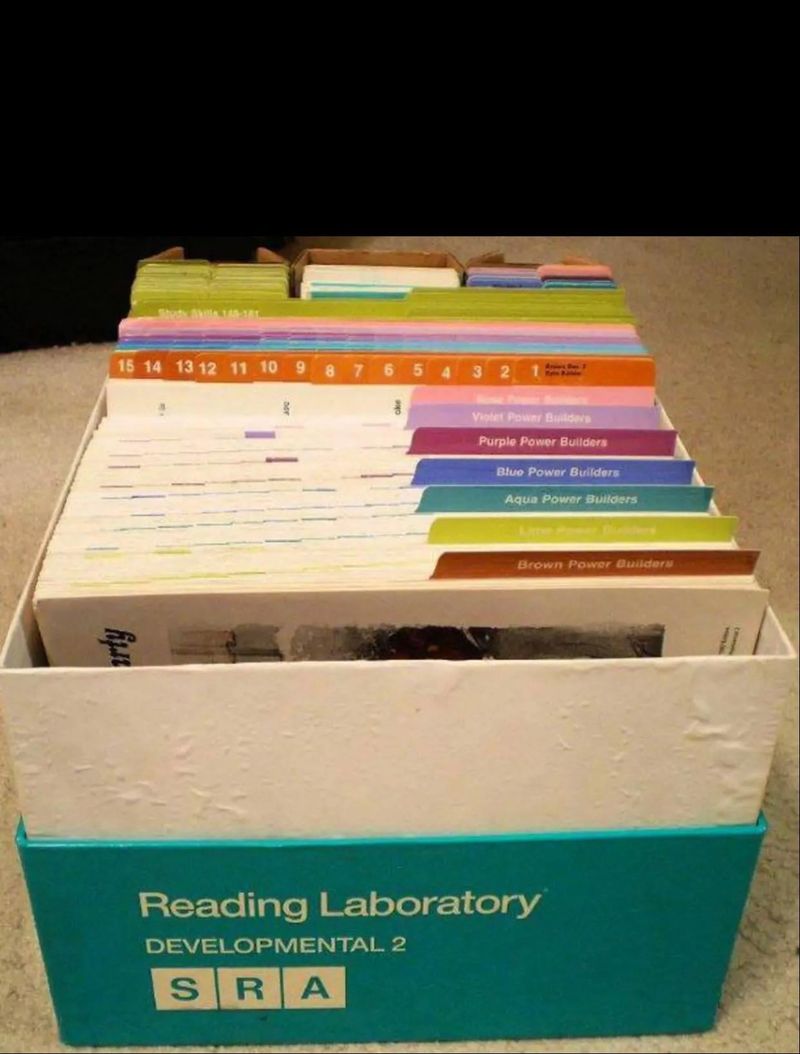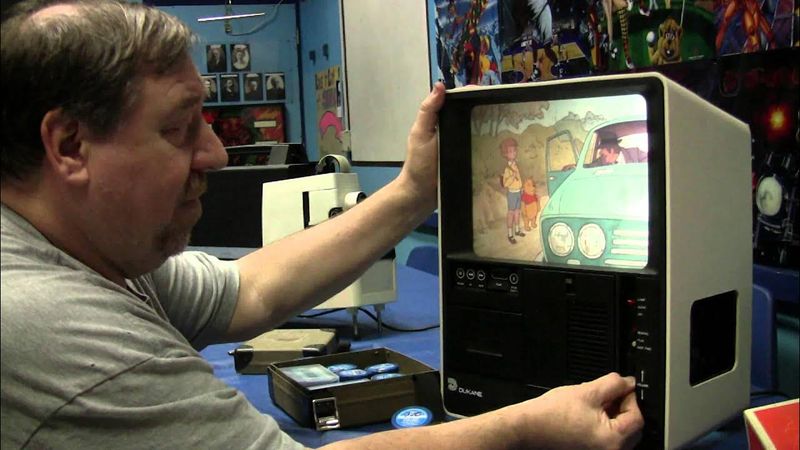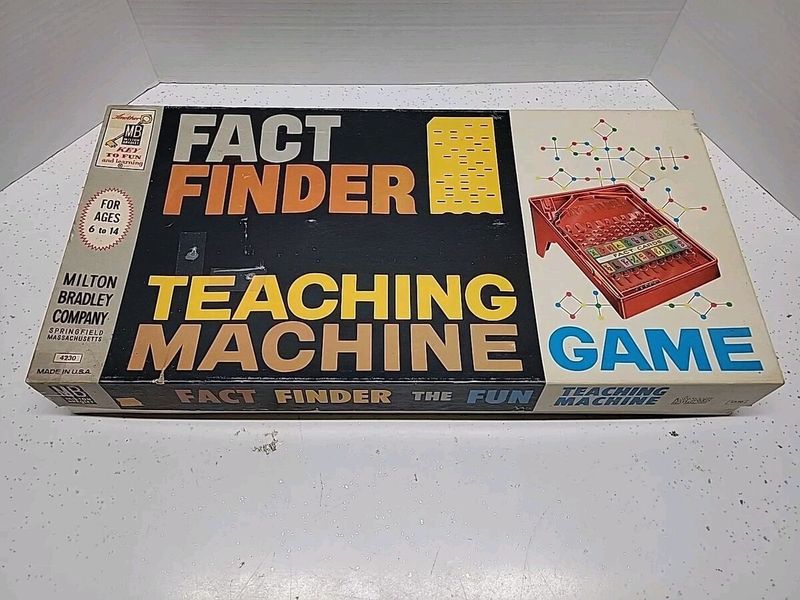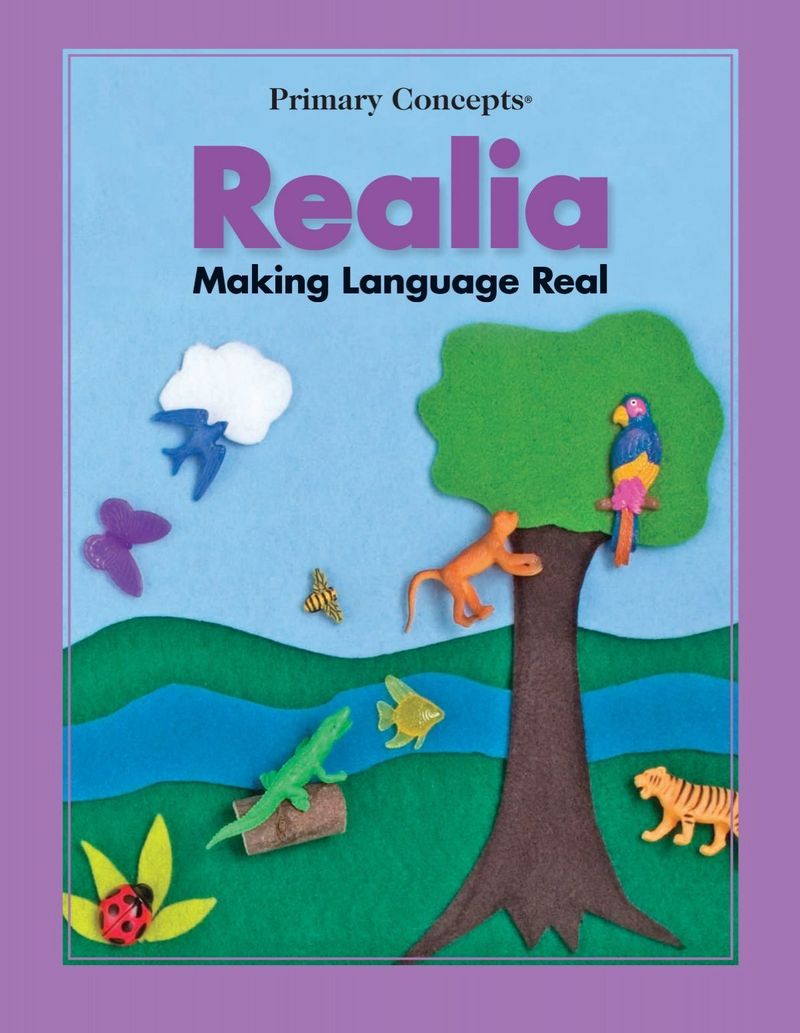The 1970s were a time of educational innovation, marked by unique tools and resources that have since faded into obscurity. These tools, though largely forgotten, played a significant role in shaping the educational experiences of the time. Let’s take a nostalgic journey back to the 70s and explore nine remarkable educational tools that left a lasting impression on students and educators alike.
Spirograph
The Spirograph was more than just a toy; it was an artistic educational tool. In the 70s, it brought geometry to life, allowing students to create intricate designs with ease.
Using interlocking gears and colorful pens, students could explore mathematical patterns and symmetry.
It was a hit in art classes, encouraging creativity and precision. Reflecting on its impact, the Spirograph inspired countless budding artists and engineers by demonstrating the beauty inherent in mathematics. Its tactile nature made learning fun and engaging, a hallmark of 70s educational innovation.
Cuisenaire Rods
Cuisenaire Rods were a staple in 1970s mathematics education, widely used to teach concepts like addition, subtraction, and fractions.
These colorful rods, each varying in length and color, provided a hands-on approach to learning mathematics, making abstract concepts tangible.
Teachers found them particularly useful in helping students visualize mathematical relationships. They encouraged interactive learning and fostered a deeper understanding of math. Despite their simplicity, Cuisenaire Rods were an effective tool that laid the foundation for modern manipulative-based learning, proving that education could be both fun and effective.
Slide Rules
Before calculators became ubiquitous, slide rules were essential for complex calculations. In the 70s, they were a rite of passage for high school students tackling physics and engineering problems.
Mastery of the slide rule required precision and a solid understanding of logarithms.
Despite being replaced by digital tools, their legacy remains in the analytical skills they fostered. These clever devices were not just about getting the right answer but understanding the process. Using a slide rule taught patience and attention to detail, skills valuable in any era.
Filmstrip Projectors
Filmstrip projectors were the multimedia tool of the 70s, bringing subjects to life through vivid imagery and synchronized audio.
Students eagerly anticipated these sessions, as they provided a break from traditional lectures.
Used across subjects, from history to science, they offered a visual and auditory learning experience. The technology fostered group discussion and critical thinking, as students interpreted the content together. Though filmstrips have been replaced by digital media, the excitement they inspired in learning environments remains a cherished memory for many who experienced them during their schooling years.
Overhead Projectors
Overhead projectors were a classroom staple, beloved for their simplicity and utility. Teachers used them to display diagrams and notes, engaging students visually.
This transparency-based system encouraged interactive lessons and real-time problem solving.
Students could follow along step by step, enhancing understanding and retention. Though basic by today’s standards, overhead projectors introduced a new dynamic to classrooms. They allowed for adaptability in teaching methods, making it easier to clarify complex topics. Their contribution to visual learning was significant, and their impact is still felt in teaching techniques today.
SRA Reading Laboratory
The SRA Reading Laboratory was a revolutionary tool in 70s literacy education, offering individualized learning paths.
Comprised of color-coded cards, it allowed students to progress at their own pace, focusing on comprehension and vocabulary.
Teachers valued its adaptability, catering to diverse learning needs within one classroom. The program encouraged self-directed study, fostering independence and confidence in young readers. Its influence persists in the concept of differentiated instruction, illustrating how a well-designed tool can leave a lasting educational legacy. The SRA’s blend of structure and flexibility made reading a more personalized and enjoyable experience.
Filmstrip Viewer
A compact companion to the filmstrip projector, the filmstrip viewer allowed individual exploration of educational content.
These handheld devices were particularly popular in libraries and study halls, offering a private, focused learning experience.
Students could revisit lessons at their own pace, enhancing comprehension and retention. The hands-on interaction with the viewer promoted active engagement, a key element in effective education. While simple, this tool empowered learners to take charge of their understanding, laying groundwork for today’s emphasis on personalized learning pathways. The filmstrip viewer’s impact on self-directed study is undeniable.
Educational Board Games
Educational board games found their place in 70s classrooms, blending learning with play. Games like “Number Jumble” and “Word Quest” taught math and vocabulary skills in an engaging way.
These games encouraged critical thinking and teamwork, essential skills for academic and personal growth.
Their playful approach made challenging subjects more accessible, breaking down barriers to learning. Teachers appreciated their ability to motivate students, making lessons memorable and fun. Even today, the legacy of educational games continues, demonstrating the timeless value of learning through play. The 70s pioneered this interactive method, shaping future educational practices.
Realia
Realia, or real objects used for instruction, brought tangible experiences into the classroom. In the 70s, teachers used everything from foreign currency to cultural artifacts to enhance lessons.
This hands-on approach made abstract concepts concrete, aiding in comprehension and engagement.
Realia fostered curiosity and cultural appreciation, broadening students’ perspectives. It provided a bridge between classroom learning and real-world application, a crucial aspect of education. Although technology has introduced new ways to achieve these goals, the essence of using realia remains relevant. Its impact on experiential learning continues to influence educational strategies worldwide.
